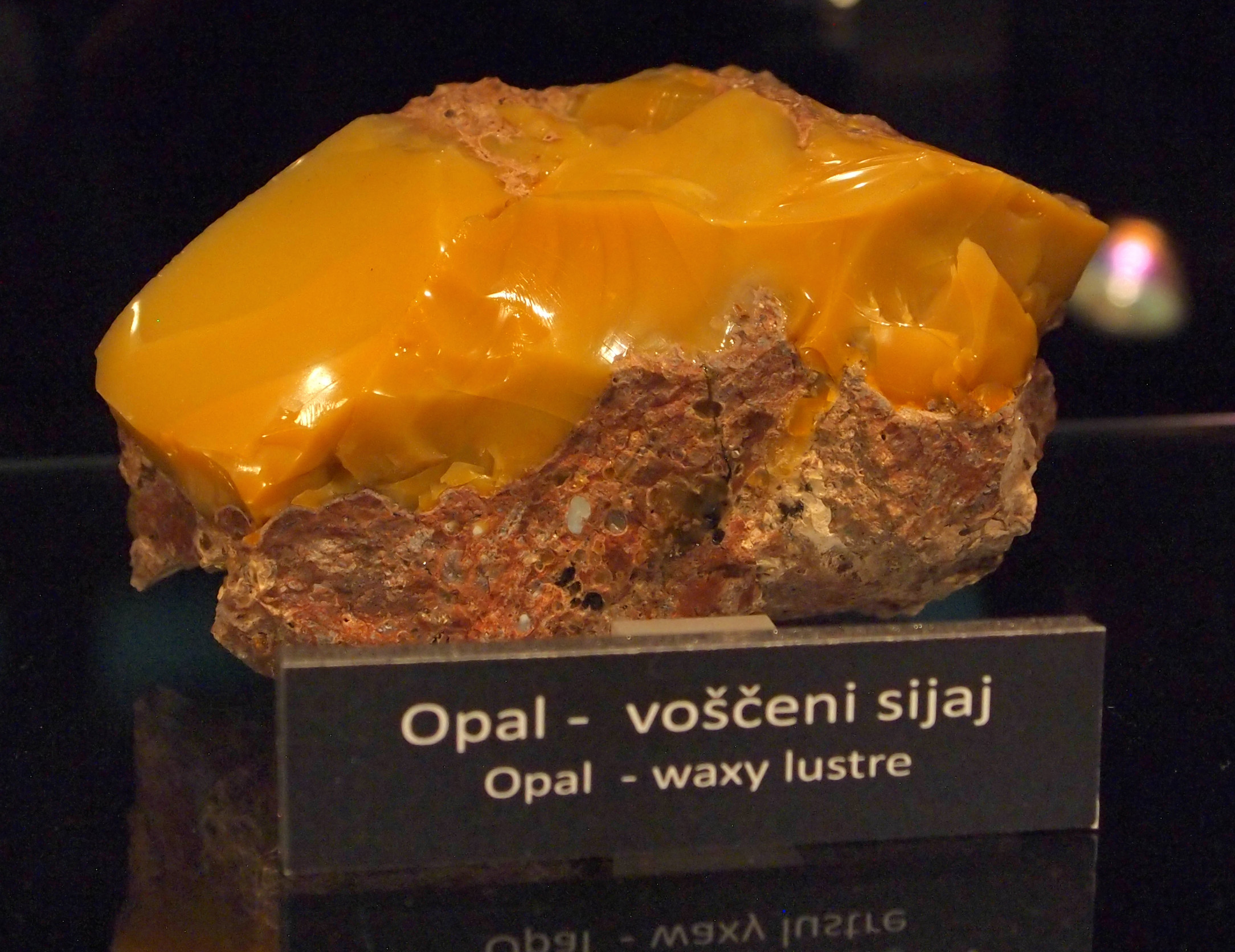OPAL Experiment on:
[Wikipedia]
[Google]
[Amazon]
OPAL was one of the major experiments at CERN's
 The OPAL
The OPAL CERN Website
CERN.
OPAL experiment record
on
Large Electron–Positron Collider
The Large Electron–Positron Collider (LEP) was one of the largest particle accelerators ever constructed. It was built at CERN, a multi-national centre for research in nuclear and particle physics near Geneva, Switzerland.
LEP collided elec ...
. OPAL studied particles and their interactions by collecting and analysing electron-positron collisions. LEP was the largest particle accelerator
A particle accelerator is a machine that uses electromagnetic fields to propel electric charge, charged particles to very high speeds and energies, and to contain them in well-defined particle beam, beams.
Large accelerators are used for fun ...
in the world. There were three other experiments at LEP: ALEPH
Aleph (or alef or alif, transliterated ʾ) is the first letter of the Semitic abjads, including Phoenician , Hebrew , Aramaic , Syriac , Arabic ʾ and North Arabian 𐪑. It also appears as South Arabian 𐩱 and Ge'ez .
These let ...
, DELPHI
Delphi (; ), in legend previously called Pytho (Πυθώ), in ancient times was a sacred precinct that served as the seat of Pythia, the major oracle who was consulted about important decisions throughout the ancient classical world. The oracl ...
and L3.
The Detector
 The OPAL
The OPAL detector
A sensor is a device that produces an output signal for the purpose of sensing a physical phenomenon.
In the broadest definition, a sensor is a device, module, machine, or subsystem that detects events or changes in its environment and sends ...
was about 12 m long, 12 m high and 12 m wide. The detector components were arranged around the beam pipe, in a layered structure like that of an onion. The tracking system of OPAL consisted of a silicon microvertex detector, a vertex detector, a jet chamber, and z-chambers (from the beam pipe out).
The silicon microvertex detector and the vertex chamber were used to locate decay vertices of short-lived particles, and to improve the momentum resolution. The central jet chamber identified particles from how much ionization
Ionization, or Ionisation is the process by which an atom or a molecule acquires a negative or positive Electric charge, charge by gaining or losing electrons, often in conjunction with other chemical changes. The resulting electrically charged a ...
they caused, and how far they curved in the magnetic field. These chambers worked well to identify tracks in the plane perpendicular to the beam axis. They were complemented by so-called "z-chambers" at the outside edge of the jet chamber, to provide precise measurements of the perpendicular coordinates of the tracks.
Further out from the beam pipe, OPAL's calorimeter system was divided into electromagnetic calorimeters
A calorimeter is an object used for calorimetry, or the process of measuring the heat of chemical reactions or physical changes as well as heat capacity. Differential scanning calorimeters, isothermal micro calorimeters, titration calorimete ...
(mostly made of lead-glass blocks), hadron
In particle physics, a hadron (; grc, ἁδρός, hadrós; "stout, thick") is a composite subatomic particle made of two or more quarks held together by the strong interaction. They are analogous to molecules that are held together by the ele ...
calorimeters (part of the return yoke of the magnet, largely made of iron) and forward calorimeters placed around, and close to, the beam pipe at the two ends of the detector to catch particles thrown forwards by collisions in LEP. The end caps of the detector were also equipped with muon
A muon ( ; from the Greek letter mu (μ) used to represent it) is an elementary particle similar to the electron, with an electric charge of −1 '' e'' and a spin of , but with a much greater mass. It is classified as a lepton. As wi ...
detectors.
In its first phase of operation from 1989 to 1995, electrons
The electron (, or in nuclear reactions) is a subatomic particle with a negative one elementary electric charge. Electrons belong to the first generation of the lepton particle family,
and are generally thought to be elementary partic ...
and positrons
The positron or antielectron is the antiparticle or the antimatter counterpart of the electron. It has an electric charge of +1 '' e'', a spin of 1/2 (the same as the electron), and the same mass as an electron. When a positron collides ...
collided in LEP at 91 GeV. The aim was to produce Z bosons. OPAL accumulated millions of these ''Z'' events for high-precision measurements. In LEP's second phase from 1996 to 2000, the collider's collision energy was increased to make pairs of ''W'' bosons, and to search for possible new particles and new physics.CERN.
References
External links
OPAL experiment record
on
INSPIRE-HEP INSPIRE-HEP is an open access digital library for the field of high energy physics (HEP). It is the successor of the Stanford Physics Information Retrieval System (SPIRES) database, the main literature database for high energy physics since the 1970 ...
{{CERN
CERN experiments
Particle experiments